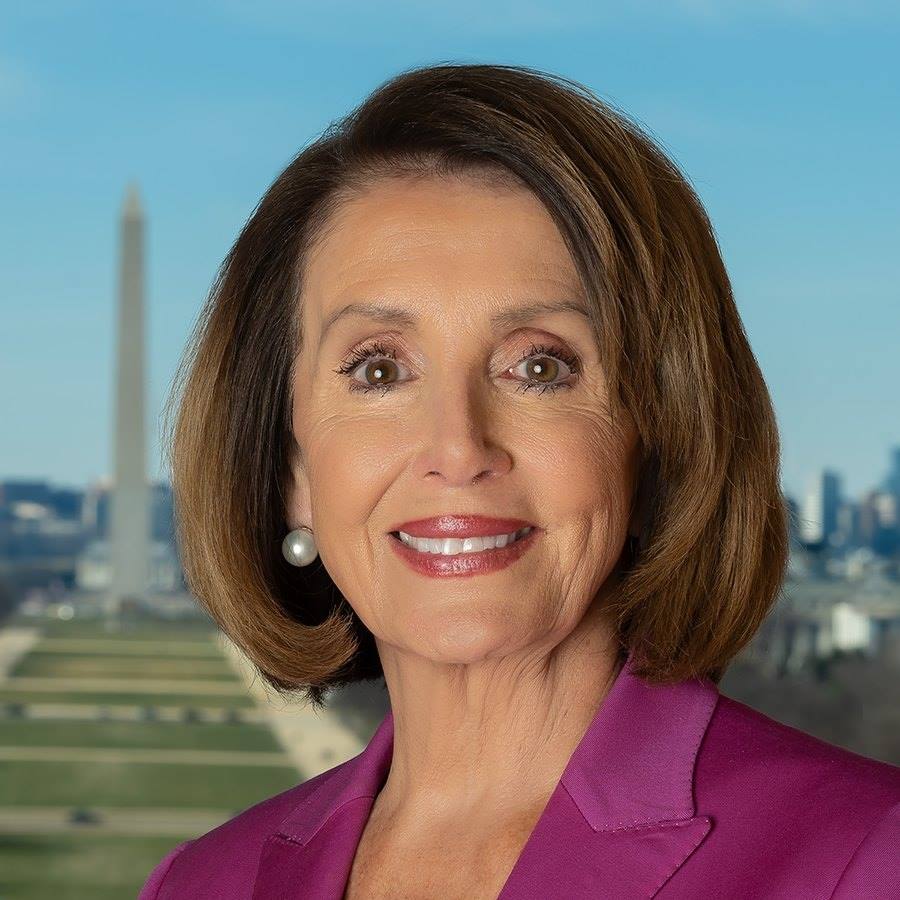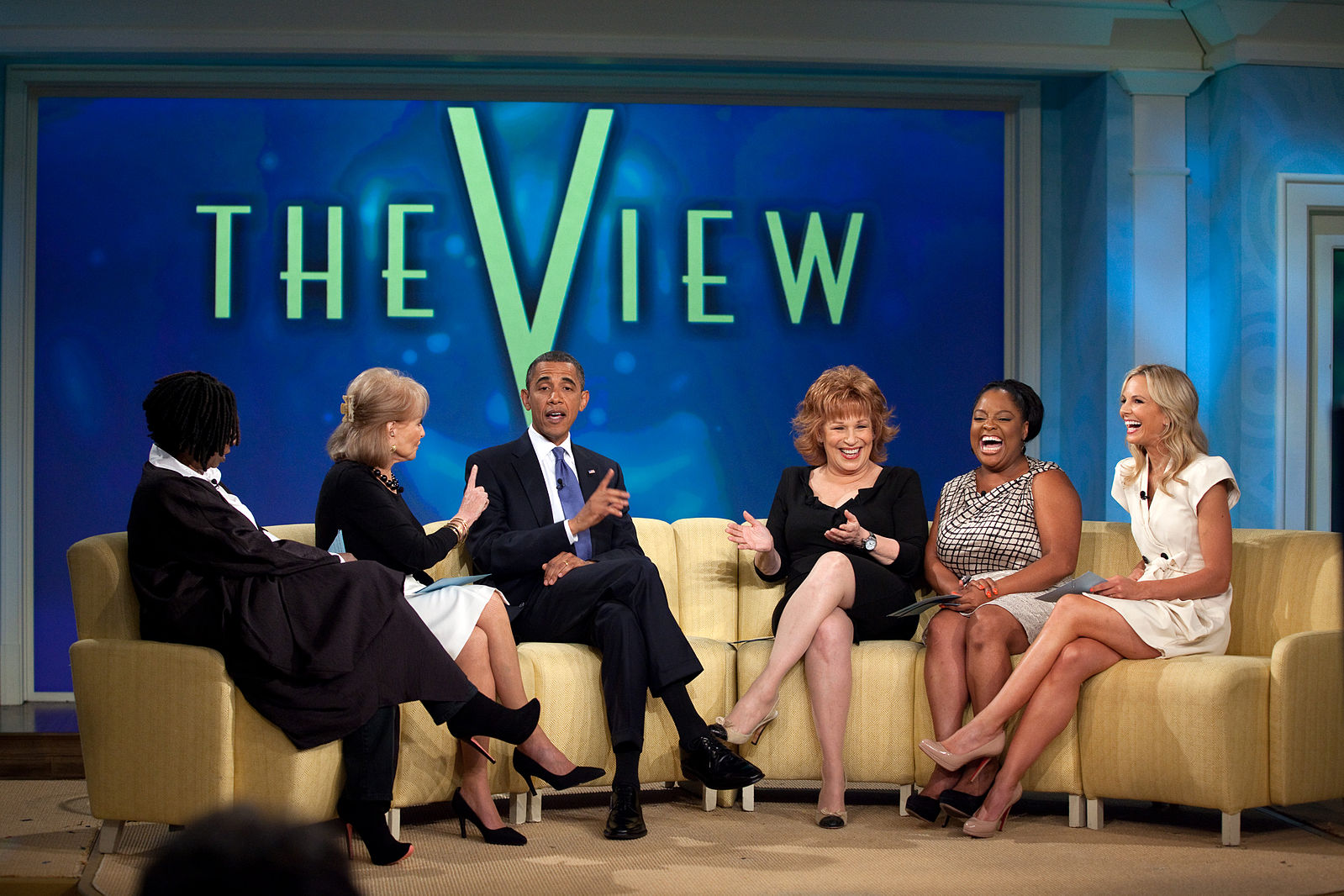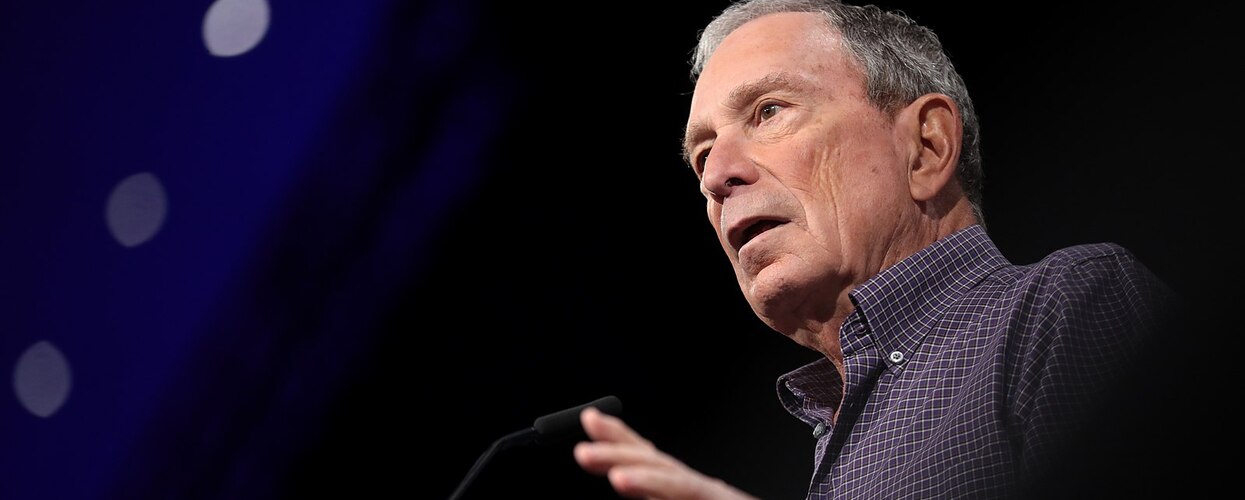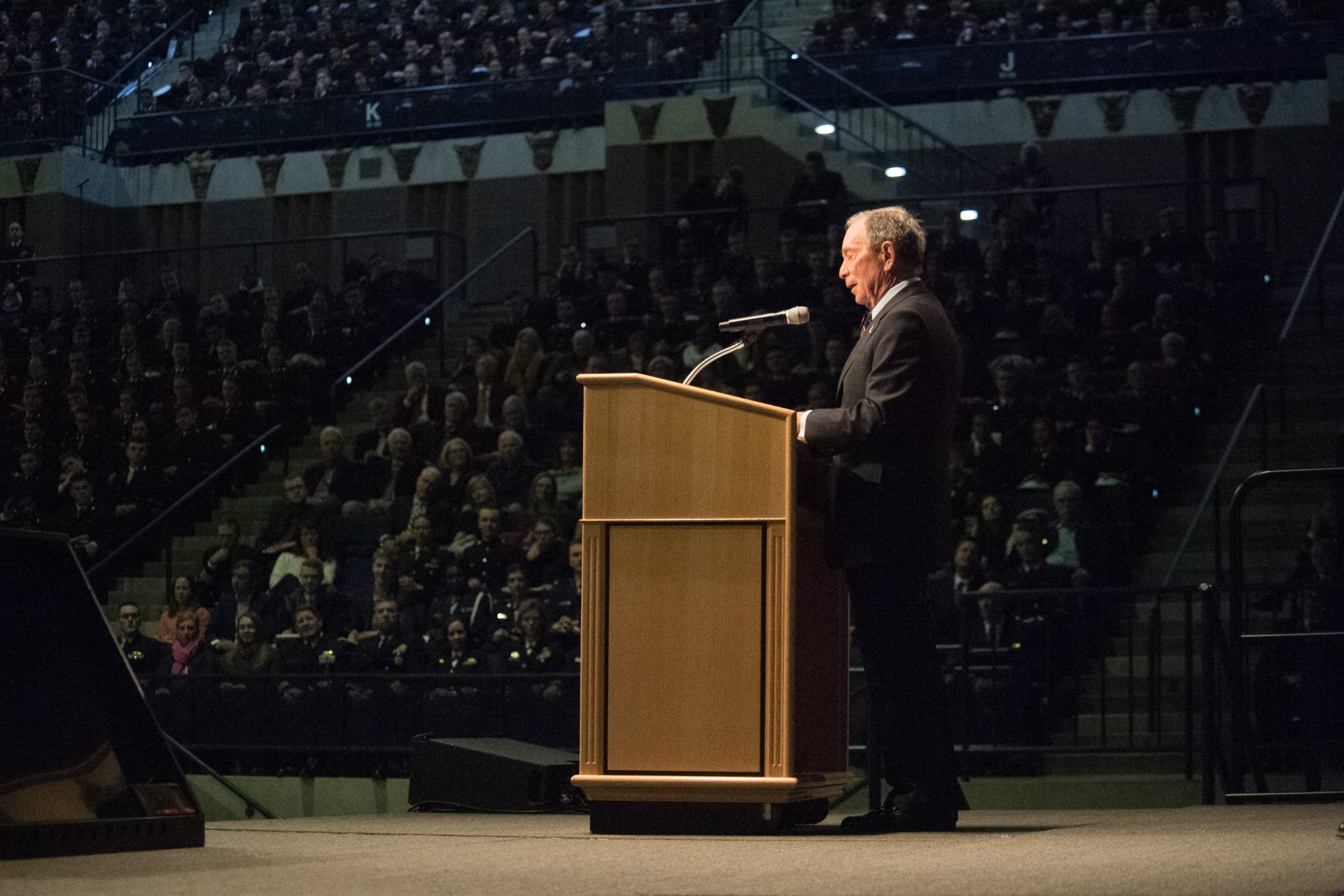wo polls, conducted during the same basic time frame, show different leaders for the upcoming February 1st Iowa Republican Caucus. The Monmouth University survey (12/3-6; 425) finds Sen. Ted Cruz (R-TX) usurping Donald Trump for first place, displacing the New York real estate tycoon in the Hawkeye State for the first time since the summer.
But, simultaneously, CNN/ORC (11/28-3/6; 2,003 adults; 552 likely Republican Caucus attenders; 442 likely Democratic Caucus participants) still finds Trump holding a healthy lead. In contrast, the two are yet another example that polling is a rather inexact science.
According to Monmouth, Cruz now has a 24-19-17-13% over Trump, Sen. Marco Rubio (R-FL), and Dr. Ben Carson, respectively. Former Gov. Jeb Bush (R-FL) has dropped to 6%, but is ahead of all remaining candidates.
By contrast, the CNN results are not even close to Monmouth’s. They find Trump still ahead of the field with 33%, followed by Cruz thirteen points behind at 20%. Third and fourth place are different, too. CNN finds Dr. Carson claiming third with 16% and Rubio fourth at 11 percent as opposed to Monmouth having Rubio at 17% and posting Carson with 13 percent. This poll also projects Bush fifth, but with an even worse 4% standing.
Several points could explain the variance. According to Monmouth’s methodology, changes were made in their sample selection. Previously, the pollsters had chosen their respondents from a pool of former primary voters. The current sample included 30% who only voted in a general election. Though the pollsters say the results were just slightly different from the model they used in the past, such is not actually the case. The university pollsters say that, under the original sample selection system, the order of finish would have yielded Cruz 25%, Rubio 21%, Trump 16%, and Carson 13%, quite different from the reported ballot test response.
It is also important to note that Monmouth’s October poll found Dr. Carson leading Trump 32-18%. Their analysis claims that Carson is now losing significant support, and the departing individuals are largely finding their way to Cruz.
The methodological change is a significant piece of information and may help explain some of the disparity in comparison to the CNN survey. But, under either sample selection models, Cruz has surged to the top and Carson is dropping fast.
The CNN/ORC data is much different. While the sample size is large – 2,003 adults – it brings the response mechanism into question. From the 2,003 adults, only 994 respondents indicated they would participate in either their local Republican or Democratic precinct caucus. This is not a particularly low number, considering actual turnout for these meetings is only a fraction of the registered and eligible voting population, but the large overall universe does raise questions. Normally when pollsters have samples of this size – and, 2,003 is abnormally large for a state the size of Iowa – automation rather than live telephone surveyors are used to extract the information. Though no mention of mechanized calling is made in the release’s methodology or analysis sections, it is likely that automation was in use. History tells us that automated replies tend to be less reliable than live conversation polling and tabulation.
Regardless of the polling results, we will likely see some surprise results when Iowa voting the actually begins. Polling for a caucus event is much different than in a regular election, hence accurately forecasting the turnout becomes very difficult.
Many weeks remain in the Iowa campaign, and much can still change. The fact that two simultaneous polls produce virtually opposite results tells us that the Iowa electorate remains customarily volatile and unpredictable.














